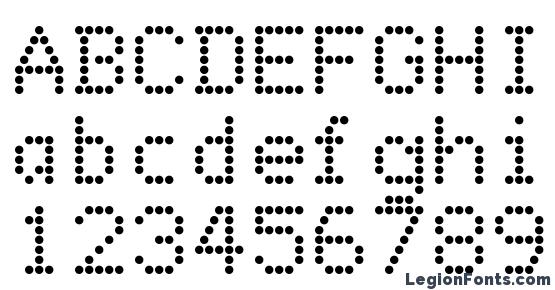

Transfer pictures from Kindle Fire to PCĪmazon’s Kindle Fire takes photos or shoots videos with its built-in camera. How do I transfer Photos from Kindle Fire to Computer.Where are Photos stored on Kindle Fire?.Render each sound to your samples folder, save the synth patches/FX chains, then draw on them when you're next composing. Create five pad samples in an hour, synthesise ten basslines from scratch, or another similar challenge. Get around this by allocating time to your sound design sessions, and set yourself goals. If you stop mid-way through a composition session to create a rise or drone, you'll likely cut off your creative flow and lose the vibe of the track. Sound design can be a complex, intricate and time-consuming process. Your source material can have a great effect on the type of result you get. When you're after new atmospheric pad sounds or intriguing, dissonant tones in a hurry, use Paul's Extreme Sound Stretch to take existing vocals or track parts and stretch them out to extreme lengths. "Try everything in reverse! Pads, basses, vocals, effects, drums, leads… sounds can take on a whole new character when played the wrong way round." 17.

Sampler reversing is good for cycling drones and pads, but audio manipulation directly on your DAW's timeline can be a more visual, immediate route to backwards FX and reversing edits. Try everything in reverse! Pads, basses, vocals, effects, drums, leads… sounds can take on a whole new character when played the wrong way round.

Think of an individual sound as a colour on your palette - start mixing them together for a huge selection of sonic combinations. If you need more low-end power, stick a simple sine or triangle wave under more complex mid-range parts. A grainy field recording will dirty up a clean synth pad, gritty noise artefacts will blend dirt into a simple bassline, and generic white noise can add top-end scrape to a synth lead. Your tonal range expands greatly when you start stacking up contrasting textures and layers. You might be surprised at how far you can stretch and mangle your Foley and found sounds.
How can i share word documents from my laptop to my kindle portable#
Grab your smartphone or a portable recorder and go nuts recording yourself hitting objects, rustling paper, driving your car… anything! When you're back in the studio, layer your captured sounds into pads, use them as percussion or twist them up into something entirely new. Aux returns can also be EQed and processed separately, giving you even more control over the effect while leaving the dry signal intact. Blend the spatial effect in parallel with the solid dry signal. Try loading widening effects like a short delay, reverb, chorus or phaser onto one and sending your main signal to it. They're great for creating extreme whistling/screeching effects - try using a low-pass filter with the cutoff turned down and high resonance to create an airy, windstorm-type effect.Īuxiliary return tracks can be very useful for adding a '3D' feel to atmosphere and drone sounds. White, pink and other colours of noise are extremely powerful sound design tools, especially when combined with filters. This works especially well for adding sharp, clicky transients to emphasise arpeggiator patterns. If your sound needs more attack or punch, trying layering the transient of a kick, snare or percussion sample into a sampler, and playing it over the sound you're working on. Chances are this process will trigger a fresh idea to make the whole track more interesting. Twist them up in new ways, recording what you're doing, then bring them back into the song and reverse them or layer them up with the existing parts. If you're looking for new sounds to fit into your latest track, bounce out some of the existing parts and melodies, and import them into a sampler or a granular synth. "If you're looking for new sounds to fit into your latest track, bounce out some of the existing parts and melodies, and import them into a sampler or a granular synth." 10. Bitcrush excitementīitcrushing is great for creating harsh, deranged, trashy sounds, but used subtly over a lead, chime or bass, it can be a great way to introduce some missing high-frequency harmonic excitement to a sound in a way that EQ can't. As you're doing this, you'll hear how each change you make affects the sound, and discover how the sounds you like are made. Now gradually match all the parameters on your 'blank' synth to the patched one. Here's a good way to learn what each knob and button on your new synth plugin does: open up two instances of it, initialise one and load a preset you like in the other.


 0 kommentar(er)
0 kommentar(er)
